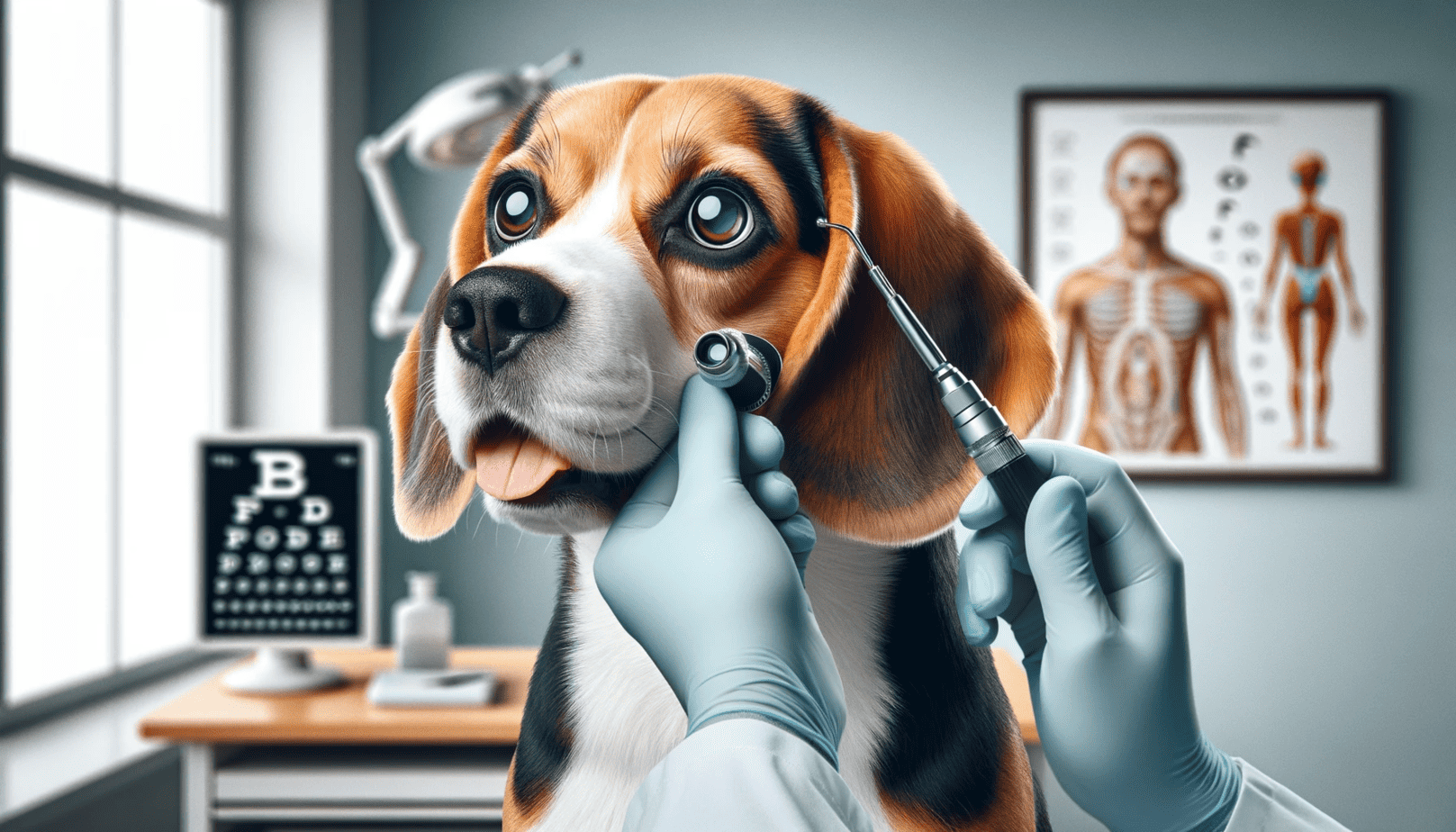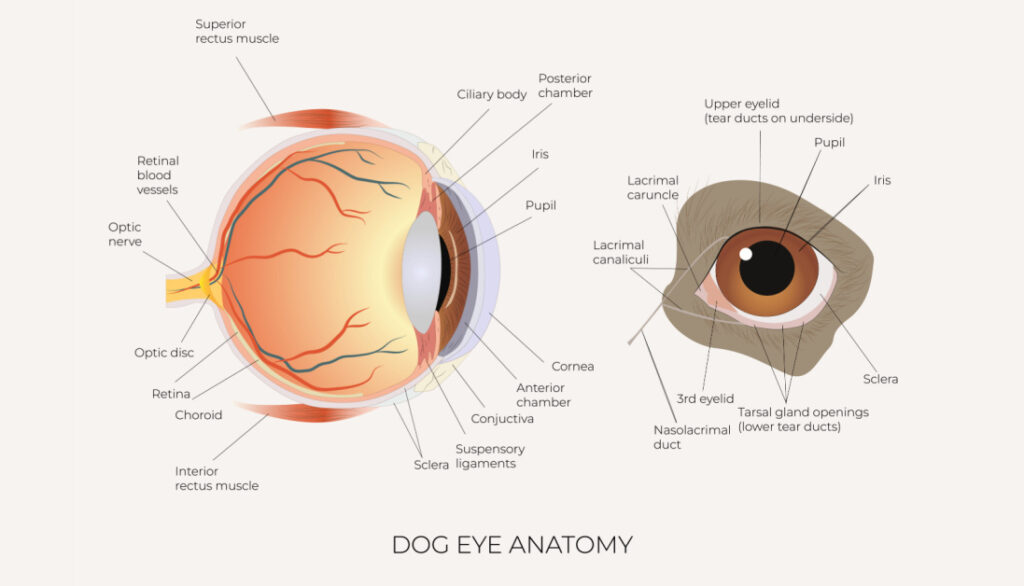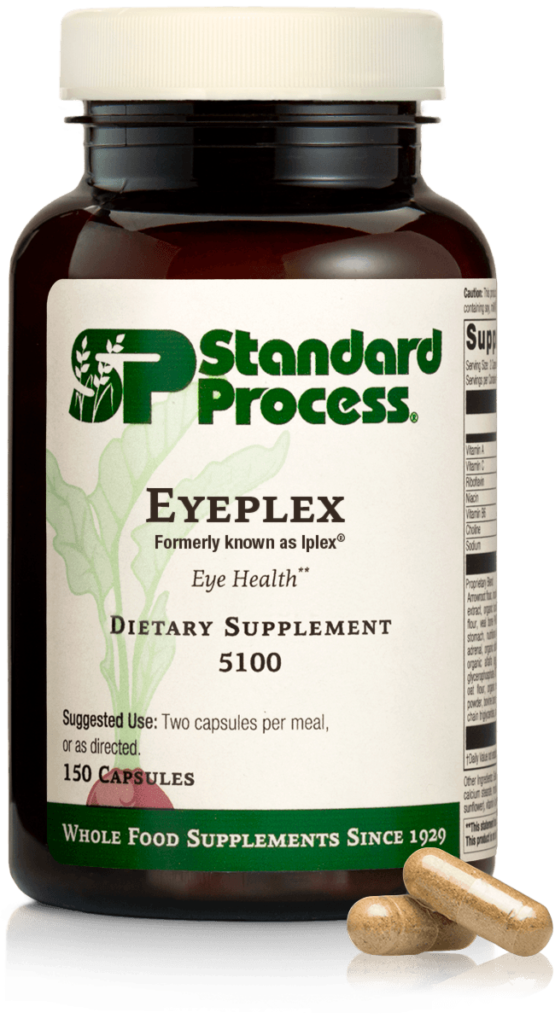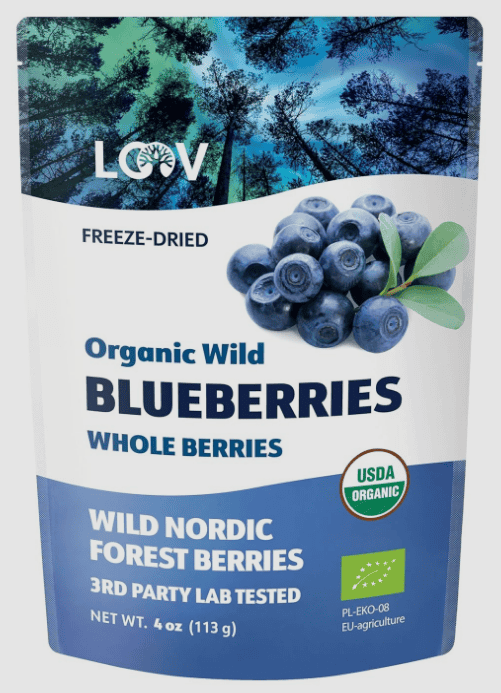As a holistic veterinarian, I’ve seen countless cases of various dog breeds coming in with breed-specific health issues. One such breed that often faces a unique set of health challenges is the lovable Beagle. In particular, Beagle Eye Health is a topic that many Beagle parents have questions about.
Beagles, with their expressive eyes and soulful gazes, can unfortunately be prone to a variety of eye health issues. But don’t worry, as a Beagle parent, you’re not alone in this journey. I’m here to guide you through everything you need to know about Beagle Eye Disease Symptoms, the most Common Beagle Eye Problems, and how to treat and prevent these issues from affecting your furry friend’s vision.
From understanding the unique structure of Beagle eyes, to exploring the role of diet and environmental hygiene in eye health, we’ll cover it all. We’ll also discuss Beagle Eye Care Tips and routine maintenance to ensure your Beagle’s eyes stay as bright and healthy as possible. So, let’s embark on this journey together to ensure the best possible eye health for your Beagle.

Understanding Breed Specific Eye Structure
Let’s start with a fascinating fact: did you know that the eye structure of our beloved Beagles is quite different from ours? This unique eye structure gives them their distinctive, endearing expression but it’s also the reason they are prone to certain eye health issues. Understanding their eye structure is the first step towards maintaining your Beagle’s eye health and preventing the onset of eye diseases.
Beagles, like other breeds, have what is known as a brachycephalic eye structure. This means they have large, round eyes that are set wide apart. Their eyes are more protruding than other breeds, making them more susceptible to physical injury and environmental irritants.
Their eyes have a third eyelid, known as the nictitating membrane, which is located in the inner corner of the eye. This membrane provides additional protection and helps to spread tears evenly across the eye surface, maintaining moisture and removing debris. It’s a handy feature, but it can also be the source of some eye problems if it becomes inflamed or infected.
The cornea of a Beagle, which is the outermost layer of the eye, is thinner than in other breeds. This makes it more prone to injuries and infections. It also means that Beagles are more sensitive to harsh light and may squint or blink excessively in bright conditions.
Beagles also have a higher risk of developing a condition called Distichiasis, where extra eyelashes grow from the eyelid and rub against the cornea, causing irritation and discomfort. And due to their protruding eyes, they are more susceptible to dry eye syndrome, a condition where the eyes do not produce enough tears, leading to dryness, itching, and potential vision loss if left untreated.
Understanding these breed-specific eye traits can help you be more vigilant about your Beagle’s eye health. After all, their eyes are not just the windows to their souls, but also a key to their overall health and well-being. So, let’s take good care of those beautiful Beagle eyes!

Common Eye Issues In Beagles
As a veterinarian, I believe that understanding the specific health issues related to your pet’s breed is crucial for their well-being. When it comes to Beagle Eye Health, there are several common issues that you should be aware of.
Cherry Eye
Cherry eye is a condition in which the gland of the third eyelid protrudes and becomes visible. It typically appears as a red, swollen mass in the corner of the eye. While it’s not life-threatening, it can cause discomfort and needs to be addressed.
Glaucoma
Glaucoma is a serious eye condition that can lead to blindness if not treated promptly. It occurs when the pressure within the eye increases, damaging the optic nerve. Symptoms include redness, pain, and increased tear production. This condition is particularly prevalent among beagles, so regular check-ups are essential for early detection and treatment.
Dry Eye (Keratoconjunctivitis Sicca)
Dry eye is a condition where the eye doesn’t produce enough tears, leading to irritation and discomfort. In severe cases, it can cause ulcers on the cornea. If your beagle frequently rubs its eyes or they appear red and irritated, it may be suffering from dry eye.
Entropion
Entropion is a genetic condition in which the eyelid rolls inward, causing the lashes to rub against the eye surface. This can lead to irritation, corneal ulcers, and even vision loss if left untreated. It’s important to get your beagle checked if it frequently squints or tears excessively.
Progressive Retinal Atrophy (PRA)
PRA is a degenerative eye disorder that eventually leads to blindness. Early signs include night blindness and dilated pupils. Unfortunately, there is no cure for PRA, but early detection can help manage the condition and maintain your beagle’s quality of life.
Beagle Eye Health is a critical aspect of their overall well-being. Regular veterinary check-ups and being aware of these common issues can go a long way in ensuring your beagle’s eyes stay healthy. Remember, early detection is the key to preventing serious eye health issues.

Prevention of Eye Problems in Beagles
Ensuring your beagle gets the right nutrients for optimal eye health is essential for maintaining clear vision and preventing age-related issues. Natural, nutrient-rich foods and supplements can play a key role in supporting their eyesight. From vitamin A-packed freeze-dried liver treats to antioxidant-rich blueberries and targeted supplements like Eyeplex by Standard Process, there are several ways to nourish your dog’s eyes. In this section, we’ll explore how these powerful ingredients contribute to long-term vision health and overall well-being.
Eyeplex by Standard Process
Eyeplex by Standard Process is a specialized supplement designed to support your beagle’s eye health with a blend of essential nutrients. Formulated with key vitamins, minerals, and antioxidants, Eyeplex helps protect against oxidative stress, supports retinal function, and promotes overall vision health. Ingredients like vitamin A, vitamin C, and zinc contribute to maintaining strong eyesight, while whole food ingredients provide additional phytonutrients for cellular protection. Adding Eyeplex to your beagle’s diet can be especially beneficial for aging dogs or breeds prone to eye conditions, offering targeted nutritional support to keep their vision sharp and healthy for years to come.

Freeze-Dried Blueberries
Freeze-dried blueberries are a powerhouse of antioxidants that can help protect your beagle’s eyes from oxidative stress and age-related damage. Rich in vitamins C and E, as well as anthocyanins, these tiny but mighty berries help combat free radicals that can contribute to eye diseases like cataracts and macular degeneration. Incorporating freeze-dried blueberries into your dog’s diet provides a natural and delicious way to support retinal health, reduce inflammation, and promote overall vision longevity. Plus, they’re a low-calorie, dog-friendly treat that makes a great addition to a balanced diet for long-term eye health.

Freeze-Dried Liver
Freeze-dried liver treats are an excellent natural source of vitamin A, an essential nutrient for your beagle’s eye health. Vitamin A plays a crucial role in maintaining good vision, especially in low-light conditions, while also supporting overall immune function and skin health. Since liver is rich in bioavailable vitamin A, incorporating freeze-dried liver treats into your dog’s diet provides a convenient and nutritious way to promote optimal eye function. Just be sure to feed them in moderation, as excessive vitamin A can lead to toxicity. Adding these nutrient-packed treats to your pup’s routine is a simple, tasty way to support their long-term vision and well-being!

By prioritizing your beagle’s eye health through a balanced diet and nutritional supplements, you can help prevent many common eye issues. These simple steps can go a long way in ensuring your pup’s eyes stay healthy and clear for years to come.onsult with your vet to find out which supplements would be best for your Beagle’s eye health.
Remember: Always consult with your vet before introducing any new food or supplement into your dog’s diet to ensure it is safe and beneficial for them.
Final Thoughts
Preventing eye problems in Beagles is a proactive process that starts with a good diet and proper supplementation. By providing your Beagle with foods rich in Vitamin A and antioxidants, you can help maintain their eye health. Also, consider whole-food-based nutritional supplements for additional support. Always remember to consult with your vet before making any significant changes to your pet’s diet.
Environmental Hygiene To Reduce Eye Problems
As a beagle parent, it’s crucial to consider the role of environmental hygiene in maintaining your furry friend’s eye health. Just like us, our beagles’ eyes can be affected by the quality of their surroundings. Here are some key aspects to consider:
Indoor Air Quality
Indoor air quality plays a significant role in Beagle Eye Health. Beagles are prone to dry eyes and allergies, which can be triggered by dust, mold, and other airborne irritants. Regularly clean and vacuum your home to reduce dust and allergens. Consider investing in an air purifier, especially if you live in a highly polluted area or if your beagle has a history of eye problems.
- Ensure proper ventilation in your home. This helps in reducing the concentration of potential irritants.
- Regularly clean your beagle’s bedding and toys to prevent the build-up of dust mites and other allergens.
- Avoid smoking indoors as tobacco smoke can irritate your beagle’s eyes.
Sprays, Diffusers, Candles, Incense
Be mindful of the products you use around your beagle. Fragrant products like sprays, diffusers, candles, and incense may smell lovely to us, but they can irritate your beagle’s eyes. The chemicals used in these products can lead to eye irritation, dryness, and even allergic reactions in some beagles.
- Choose unscented or pet-friendly products when possible.
- If you must use these products, do so in a different room from your beagle, and ensure the area is well-ventilated.
- Monitor your beagle for signs of eye irritation after using these products. If your beagle’s eyes become red or watery, discontinue use and consult your vet.
Remember, maintaining a clean and healthy environment is a crucial part of ensuring your beagle’s overall health, including their eye health. By taking these steps, you’re not only helping to prevent eye problems but also contributing to a better quality of life for your beagle.

Routine Beagle Eye Care & Maintenance
As a proud Beagle parent, it’s crucial to understand the importance of routine eye care and maintenance for your furry friend’s overall eye health. Let’s explore the two key aspects: daily and weekly care and maintenance, and monitoring hair length, nail length, and bath frequency.
Daily & Weekly Care & Maintenance
For Beagle Eye Health, daily and weekly care is essential. Start with a daily inspection of your Beagle’s eyes. Check for any signs of redness, swelling, discharge, or abnormal blinking. If you notice anything unusual, it’s best to consult with your vet immediately.
Weekly, a more thorough check is recommended. Using a clean, damp cloth, gently wipe away any crust or discharge from the corners of your Beagle’s eyes. Always use a separate cloth for each eye to prevent cross-contamination. Additionally, remember to never touch the eyeball directly.
Beagles are known for their adventurous spirit, which can often lead to dust and debris getting into their eyes. To prevent this, use a saline solution to flush out any foreign objects. You can find dog-specific saline solutions at your local pet store or vet’s office.
Monitor Hair Length, Nail Length, Bath Frequency
Another crucial aspect of maintaining your Beagle’s eye health is monitoring their hair and nail length. Long hair can irritate your Beagle’s eyes and cause unnecessary discomfort. Regular trimming can help prevent this. Keeping your Beagle’s nails trimmed is also important as they may accidentally scratch their eyes.
Regular baths are also essential for your Beagle’s eye health. When bathing your Beagle, be careful to avoid getting soap or shampoo in their eyes. Consider using a tear-free dog shampoo to minimize the risk of eye irritation.
Remember, while these tips can help maintain your Beagle’s eye health, they are not a substitute for regular veterinary check-ups. Your vet can provide a comprehensive eye exam and spot potential issues early on. With the right care and attention, you can ensure that your Beagle’s eyes remain healthy and bright.
So, Beagle parents, let’s make a pact to prioritize our fur babies’ eye health, shall we? After all, their expressive eyes are part of what makes them so endearing!
Frequently Asked Questions
1. What are common eye conditions in Beagles?
Beagles are prone to various eye conditions such as cherry eye, glaucoma, cataracts, and dry eye.
2. How can I prevent eye problems in my Beagle?
To prevent eye problems in your Beagle, it is important to keep their eyes clean and free from debris, regularly check for any signs of redness or irritation, provide a balanced diet with essential nutrients, and schedule regular check-ups with a veterinarian.
3. What are the symptoms of an eye infection in Beagles?
Common symptoms of an eye infection in Beagles include redness, swelling, discharge, excessive tearing, squinting, frequent blinking, and rubbing or pawing at the eyes.
4. How can I treat dry eyes in my Beagle?
If your Beagle has dry eyes, your veterinarian may prescribe artificial tears or ointments to lubricate the eyes. In some cases, medication to stimulate tear production may also be recommended.
5. Can Beagles develop hereditary eye diseases?
Yes, Beagles can develop hereditary eye diseases such as progressive retinal atrophy (PRA) and corneal dystrophy. Regular eye examinations by a veterinary ophthalmologist can help detect and manage these conditions.
